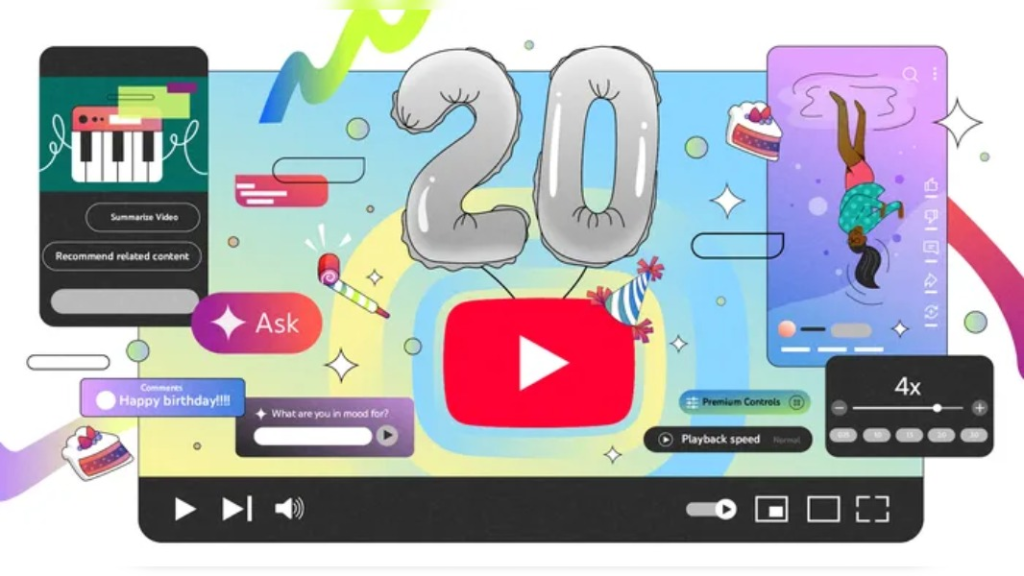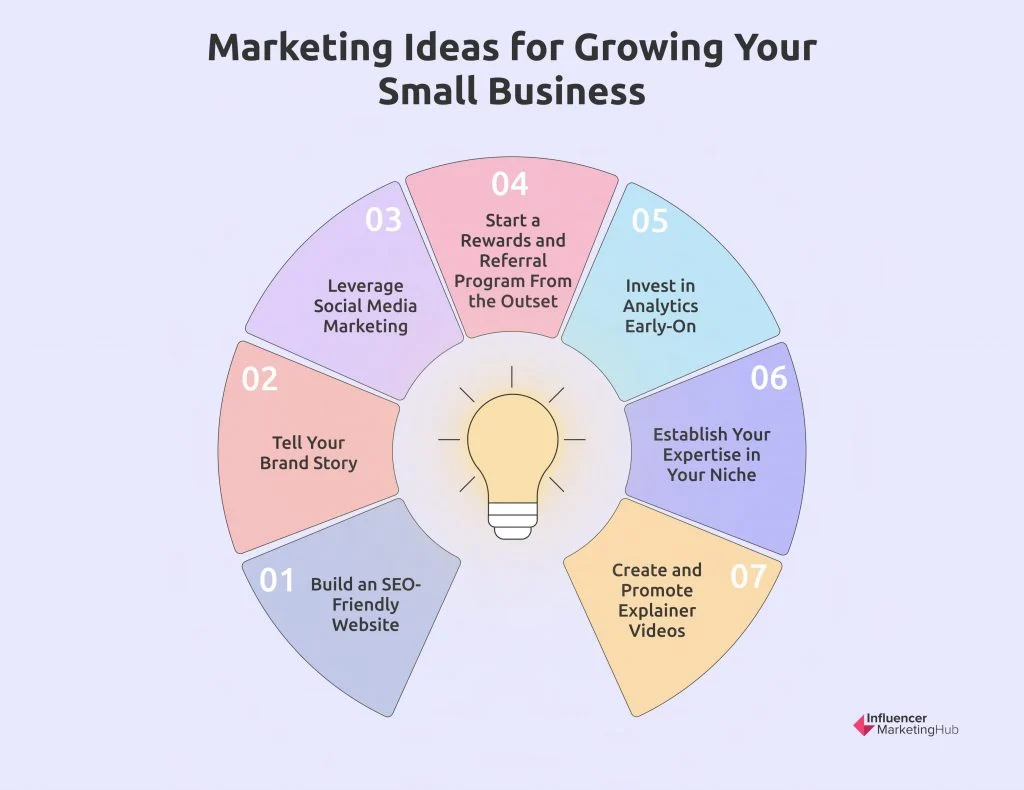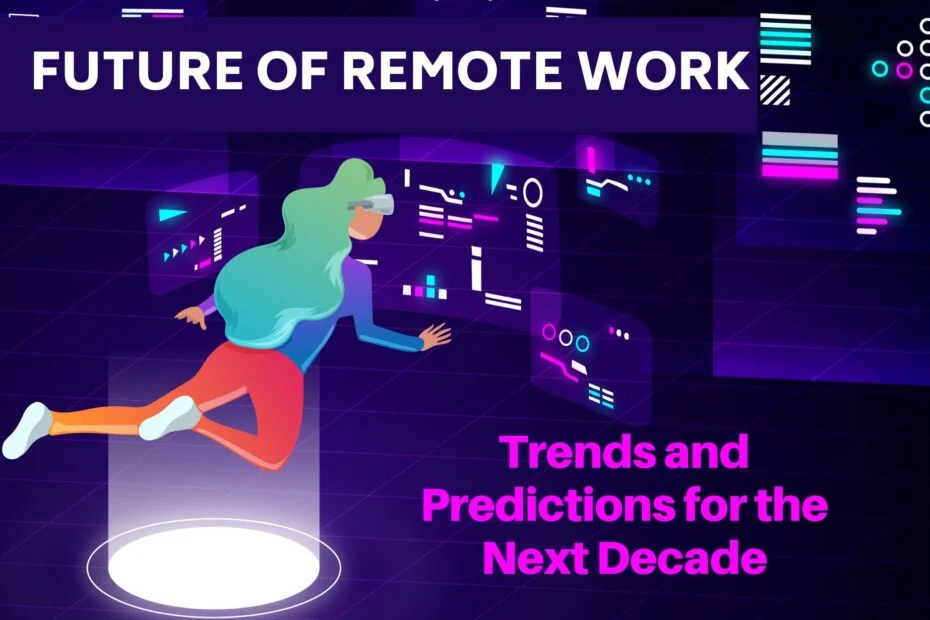YouTube 20th anniversary marks a significant milestone in digital media, celebrating two decades of an innovative video streaming platform that has revolutionized how we consume content. From its humble beginnings with the first upload, “Me at the zoo,” to becoming a giant in the industry, YouTube has profoundly impacted television and video sharing globally. With over 20 billion videos available, it has redefined the landscape of entertainment, allowing creators to reach vast audiences and making stars of individuals like Justin Bieber and MrBeast. As we look back, it’s essential to acknowledge the ongoing influence of YouTube in shaping not only our viewing habits but also the burgeoning competition from platforms like TikTok. The media revolution initiated by YouTube continues to evolve, asserting its dominance in the online video ecosystem.
Marking two decades since its inception, YouTube has transformed the way audiences engage with audiovisual content, becoming synonymous with online sharing and creativity. This pioneering platform has transcended traditional broadcasting methods, allowing everyday users to upload and share videos that captivate millions. As digital content creation flourishes, YouTube’s legacy of democratizing media empowers individuals to showcase talents and connect with global viewers. Unlike its rivals, YouTube has established a unique space in the streaming landscape, where both established artists and emerging creators can thrive. This anniversary not only celebrates its achievements but also highlights the ongoing competition and innovation in the video entertainment sector.
The Evolution of YouTube: A 20-Year Journey
YouTube’s journey began with a simple 19-second clip, yet it has transformed into the world’s leading video streaming platform over the past two decades. Initially focused on casual user-generated content, it provided an outlet for creativity that transcended traditional media frameworks. Today, it boasts over 20 billion videos uploaded, with creators gaining access to global audiences that amplify their content far beyond their wildest dreams. This evolution marks a significant shift in our consumption of media and entertainment.
As it celebrates its 20th anniversary, YouTube stands as a testament to how digital platforms have diversified the entertainment landscape. With its revenue surpassing that of legacy media companies, it’s clear that YouTube has redefined what we consider television. The platform has not only enabled emerging artists to thrive but also sparked a media revolution that influenced new forms of storytelling and content distribution, making it an integral part of modern culture.
YouTube vs TikTok: The Battle for Viewers
In the contest for viewer attention, YouTube’s traditional long-form content often contrasts sharply with TikTok’s quick, ephemeral videos. Both platforms have their unique strengths; while YouTube has established credibility through extensive content libraries and monetization opportunities, TikTok capitalizes on the virality of short clips and influencer culture. The emergence of YouTube Shorts is a direct response to the TikTok phenomenon, showcasing how competition fuels innovation within these platforms.
Despite TikTok’s meteoric rise, YouTube continues to leverage its vast resources and analytics capabilities to offer creators unparalleled growth potential. Brands like MrBeast have utilized this platform to scale their content, earning millions and redefining the creator economy. As we move further into the digital age, it will be fascinating to see how these two platforms will continue to adapt and evolve to meet the needs of viewers.
The Impact of YouTube on Music and Entertainment
YouTube has transformed the music industry in profound ways, offering a launchpad for aspiring artists and established musicians alike. Songs go viral overnight, often leading to chart success that would have been unimaginable a generation ago. Artists like Justin Bieber owe much of their fame to the platform, illustrating its role as a crucial vehicle for music discovery. YouTube’s influence suggests that it has become essential for musical promotion in today’s digital age.
Moreover, significant events like the Coachella music festival now find their home on YouTube, widening access beyond traditional attendees. This democratization of entertainment contributes to a more vibrant cultural exchange, allowing fans from around the globe to engage with performances in real time. The impact of YouTube on the music industry and live events continues to drive new opportunities for exposure and revenue.
User-Generated Content: Redefining Television
The emergence of user-generated content has vastly reshaped our perception of television and media consumption. YouTube democratizes creativity, allowing anyone with a smartphone and an idea to become a ‘content producer.’ This shift not only represents a move away from corporate-controlled content but has also introduced a new wave of storytelling that embraces authenticity. As Robert Thompson reflects, this platform has catalyzed the rise of participatory culture in media.
Through creative expression and direct engagement with audiences, YouTube has enabled a diverse array of voices to contribute to the cultural zeitgeist. The platform’s model encourages individual creators to express their experiences and perspectives, ultimately redefining what constitutes compelling television. This transformation challenges traditional media hierarchies and fosters a community-driven television landscape.
Monetization and the Creator Economy
YouTube has established a revenue-sharing model that has empowered millions of creators globally. By providing monetization opportunities through ads and sponsorships, the platform has enabled creators to turn their passions into sustainable careers. Success stories like Dhar Mann highlight how creators can grow production companies and reach considerable financial success, shifting the economics of content creation.
This monetization model has resulted in a flourishing creator economy that fuels innovation and competition. New content formats and ideas are continually emerging as creators experiment with storytelling techniques and audience engagement strategies. YouTube’s commitment to supporting creators through analytics and resources ensures that a wider creative landscape thrives, beneficial for both consumers and producers alike.
The Role of Analytics in YouTube’s Success
The algorithms and analytics that YouTube employs play a critical role in the platform’s success. By providing detailed insights into viewer behavior, engagement rates, and preferred content types, YouTube’s analytics empower creators to tailor their videos effectively. This data-centric approach allows for a more nuanced understanding of audience needs, ultimately leading to more engaging content.
Furthermore, analytics serve not only individual creators but also advertisers and marketers looking to tap into specific demographics. As a result, businesses gain valuable insights into their target audiences, making advertising on YouTube a lucrative option. This intricate interplay of content creation, audience engagement, and analytics solidifies YouTube’s dominance as a video streaming platform.
YouTube’s Global Influence and Accessibility
YouTube’s influence extends far beyond borders, connecting creators and audiences from diverse cultures. As the platform celebrates its 20th anniversary, it remains a vital tool for global communication and cultural exchange. From instructional videos to entertainment, YouTube transcends language barriers, allowing users to share ideas and perspectives freely. It fulfills a critical role in bridging communication gaps worldwide.
In addition to its cultural impact, YouTube’s accessibility on various devices enables users to consume content anywhere and anytime. This flexibility has largely contributed to the platform’s growth, allowing it to dominate not just desktop use but also mobile consumption. As society becomes increasingly reliant on video as a primary medium of information and entertainment, YouTube is poised to remain a cornerstone of global content access.
The Future of YouTube: Challenges and Opportunities
As YouTube moves into its third decade, it must navigate challenges posed by emerging platforms and regulatory scrutiny. The competitive landscape increasingly includes newer entrants like TikTok, which creates pressure for YouTube to innovate continuously. Strategies such as launching YouTube Shorts serve as a countermeasure, but the platform must continuously adapt to keep its user base engaged.
Despite these challenges, the future appears bright for YouTube. With its established brand, vast data repositories, and loyal user base, the platform is primed to explore new ventures. Opportunities in virtual reality, enhanced interactivity, and personalized content deliver greater potential for user engagement, ensuring that YouTube’s influence on media remains impactful in the years to come.
Reflecting on YouTube’s Cultural Impact
YouTube has distinctly influenced not just individual careers but the entertainment industry as a whole. Its unique platform has facilitated the rise of new cultural phenomena that illustrate the shifting dynamics of entertainment consumption. The sharing of diverse ideas and artistic expressions has not only highlighted the creativity of users but has also allowed emerging social narratives to gain traction.
As we reflect on YouTube’s 20-year impact, it becomes evident that it has initiated a media revolution, fostering an environment where content creation has become more inclusive and far-reaching. This cultural shift has prompted viewers to rethink how they engage with media, positioning user-generated content not just as a trend but as a dominant force shaping the future of entertainment.
Frequently Asked Questions
What is the significance of YouTube’s 20th anniversary in YouTube history?
YouTube’s 20th anniversary marks a pivotal moment in YouTube history, showcasing how the platform evolved from a simple video-sharing site to a leader in digital media and television. It revolutionized content consumption, giving rise to new creators and transforming the entertainment landscape.
How has the impact of YouTube influenced the content creation industry during its 20 years?
The impact of YouTube over its 20 years is profound, as it democratized content creation, allowing anyone with internet access to share videos. This led to the rise of influencers, new media formats, and significant shifts in viewer behavior, changing how audiences engage with entertainment.
How does YouTube’s revenue compare against other video streaming platforms on its 20th anniversary?
On its 20th anniversary, YouTube reported an estimated revenue of $54.2 billion, making it the second-largest media company globally. This positions YouTube significantly ahead of rivals, such as Netflix and Tubi, in the competitive video streaming platform market.
What are the key features that differentiate YouTube from TikTok as it celebrates its 20th anniversary?
As YouTube celebrates its 20th anniversary, it differentiates itself from TikTok through its extensive monetization options, longer video formats, and robust analytics for creators. While TikTok focuses on short, viral content, YouTube offers a wider range of video types and a more established revenue-sharing model.
What is the role of YouTube in the media revolution as it turns 20 years old?
YouTube plays a pivotal role in the media revolution as it turns 20 years old by changing how we perceive television and entertainment. It has shifted power to creators, influenced viewing habits, and created a platform where diverse voices can be heard, fundamentally reshaping our media landscape.
What milestones has YouTube achieved in its 20-year journey as a video streaming platform?
In its 20-year journey, YouTube achieved significant milestones, including over 20 billion uploaded videos, the introduction of YouTube TV with live channels, and a massive user base consuming over 1 billion hours daily on TV. These achievements highlight its role as a dominant video streaming platform.
How has user-generated content shaped the popularity of YouTube through the years?
User-generated content has been crucial in shaping YouTube’s popularity over the years. It allowed creators to share unique perspectives and stories, fostering a community-driven platform that thrives on creativity and engagement, which continues to attract viewers and advertisers alike.
What key challenges does YouTube face as it marks its 20th anniversary?
As YouTube marks its 20th anniversary, it faces challenges such as increased competition from platforms like TikTok, the need to continuously innovate, and dealing with content moderation issues. Addressing these challenges will be vital for maintaining its leadership in the video streaming industry.
| Key Points | Details |
|---|---|
| YouTube’s Origin | Launched 20 years ago with a 19-second video featuring Jawed Karim at the San Diego Zoo. |
| Initial Concept | Originally envisioned as a dating site before evolving into a video-sharing platform. |
| Impact on TV | Transformed television consumption, accounting for 12% of U.S. TV viewing in March 2025. |
| Financial Success | Estimated revenue of $54.2 billion in 2024, becoming the second-largest media company after Disney. |
| Creator Empowerment | Launched monetization programs to help creators financially succeed, driving diverse content production. |
| Growing Competition | Facing challenges from social media platforms like TikTok and Instagram, launching ‘Shorts’ to compete. |
| Influencers’ Rise | Stars like Justin Bieber and MrBeast gained fame and built businesses via the platform. |
Summary
YouTube 20th anniversary marks a significant milestone in digital media history. Over two decades, it revolutionized television by transforming how content is created, shared, and consumed. Thanks to its user-friendly platform, countless creators have turned their passions into profitable enterprises, altering the entertainment landscape forever. As we reflect on this journey, it’s evident that YouTube has not only reshaped our viewing habits but also paved the way for the future of interactive and global media.



